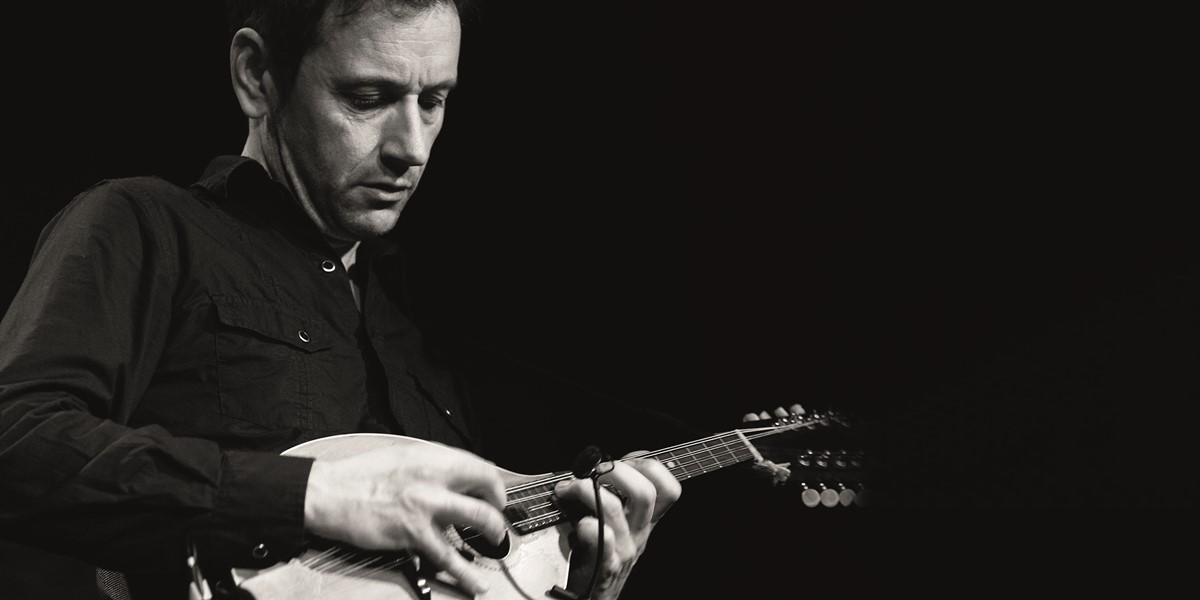Sunday, March 21, 2021
Mandolin | Musical Instrument Guide (with Alex Vann)
Glenn Kimpton finds out why Alex Vann, of Spiro and Three Cane Whale, traded in his f-hole instrument for a round-hole mandolin


Register now to continue reading

Thanks for visiting the Songlines website, your guide to an extraordinary world of music and culture. Sign up for a free account now to enjoy:
- Free access to 2 subscriber-only articles and album reviews every month
- Unlimited access to our news and awards pages
- Our regular email newsletters

